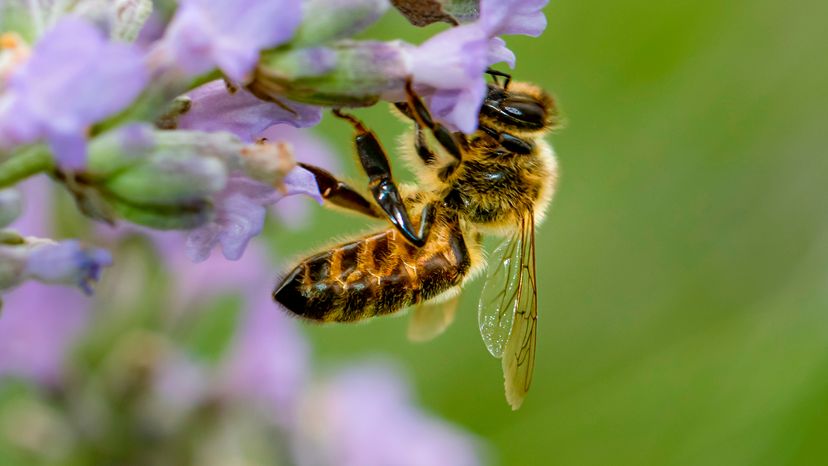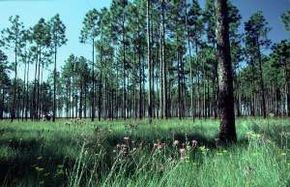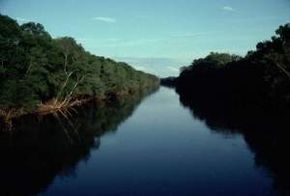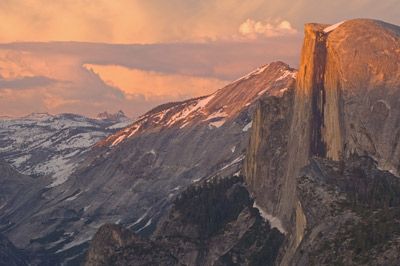
Key Takeaways
- The Nature Conservancy, since 1951, has protected over 11 million acres in the U.S. and over 60 million acres globally, focusing on preserving ecologically important lands and waters.
- Primarily funded by private donations, the Conservancy adopts a nonconfrontational, market-based approach, working with willing sellers and emphasizing scientific research to guide its conservation efforts.
- With a membership exceeding 1 million, the Conservancy manages the world's largest system of private nature sanctuaries, offering educational and recreational opportunities to the public while involving volunteers in land management and restoration projects.
We've all known the pleasure of staring into the sky at flocks of birds winging their way toward warmer locales. Did you know that of the 9,700 species of birds in the world, almost half of them -- about 4,500 -- breed in the Americas? And that 25 percent of those birds are at risk, because their habitats are being threatened?
It's not just our world's creatures: Our favorite beaches, prairies and cool forests are also at risk. Is there anything we can do to ensure that these special natural places survive all the hazards -- both natural and manmade -- they face?
Advertisement
The Nature Conservancy says there are definitely things that can be done, and the private, international nonprofit organization is tackling those issues head-on. According to Conservancy leaders, since the organization's inception in 1951, it and its members (today more than 1 million) have helped protect 11 million acres of ecologically important land in the United States and more than 60 million acres in Canada, the Caribbean, Latin America, Asia and the Pacific region. The Conservancy, a favorite charity of the late philanthropist and environmentalist Doris Duke, currently manages 1,340 preserves, which make up the largest system of private nature sanctuaries in the world.
In this edition of How Stuff Works, we'll look at how this organization, which is primarily funded by private donations, operates by examining some specific projects of the North Carolina Chapter of the Conservancy. (For a better understanding of all this, be sure to read How Philanthropy Works.)
The mission of The Nature Conservancy is to "protect animals, plants and natural communities that represent the diversity of life on Earth by protecting the lands and waters they need to survive." William Stolzenburg, science editor for The Nature Conservancy Magazine, describes the approach this way: "The scale of biological conservation has spread, from saving disjointed pockets of rare species to encompassing entire working systems of nature. The new map of the Conservancy's targets is now delineated not by political lines or national borders, but by realms of climate and geology, fire and flood, and their corresponding cover of signature plants and animals."
As is often the case, a small group of concerned citizens formed what has become a huge charitable foundation. Some members of the Ecological Society of America joined forces in 1951 to organize private efforts to stop the loss of natural areas and to protect habitats for rare and endangered species. According to Conservancy historians, the organization focused from the beginning on using the best available scientific information to accomplish its goals -- a philosophy that remains at the center of its work today.
The Conservancy's first nature preserve, acquired in 1954, was 60 acres of land along the Mianus River Gorge in Westchester County, N.Y. Funds donated by members and others they recruited to the cause were supplemented by loans and life-insurance policies. This was an innovative approach for the time -- one that became the model for the way the Conservancy funds its projects today.
In the early 1970s, the Conservancy began biological inventories on a state-by-state basis and later also started compiling data in Latin America, Canada and the Caribbean. This data has proven to be invaluable to the Conservancy in setting its conservation priorities and allocating funds to these projects.
State chapters were organized during the '70s, and the International Program was launched in 1982. Today, the Pacific program, headquartered in Hawaii, is working to protect threatened areas in Indonesia, Micronesia and Melanesia. And in Latin America, the Conservancy has forged alliances with more than 40 partners in 20-plus countries to provide a variety of services (community development, professional training, long-term funding) for areas that are legally protected but seriously underfunded.
After years of concentrating on acquiring land and establishing preserves, the Conservancy's focus began to change in the late 1980s. Instead of purchasing specific critical sites, the group began to target large landscapes and ecological environs and to pursue more extensive collaborations with private and public landowners and local residents. The group's goals were stretching geographically and getting more ambitious; at the same time, the Conservancy relied more and more on grass-roots efforts on the local level to shore up restoration and preservation activities.
Generally, the most ecologically critical natural areas are those targeted for Conservancy projects. State Natural Heritage Inventory Programs (usually administered by a state agency) identify a state's unusual or important natural traits and the locations of these resources. The scientific data in these inventories indicate the "relative rarity" of animal and plant species and plant and aquatic areas and report on the level of existing protection -- if any.
Once species are located and ranked, the Conservancy targets the areas that are home to endangered or critically threatened species for specific projects or as preserves.
Advertisement




